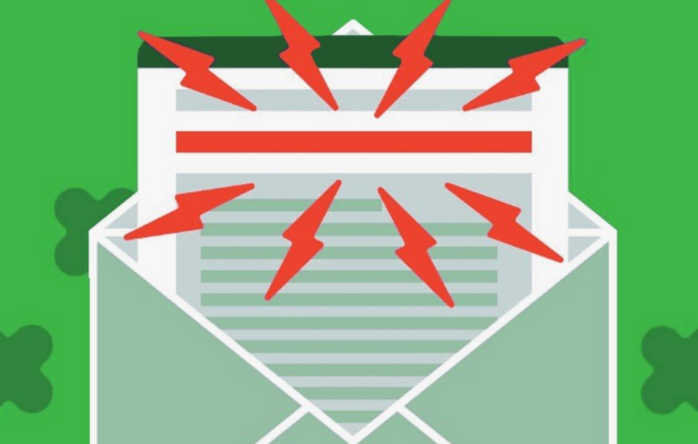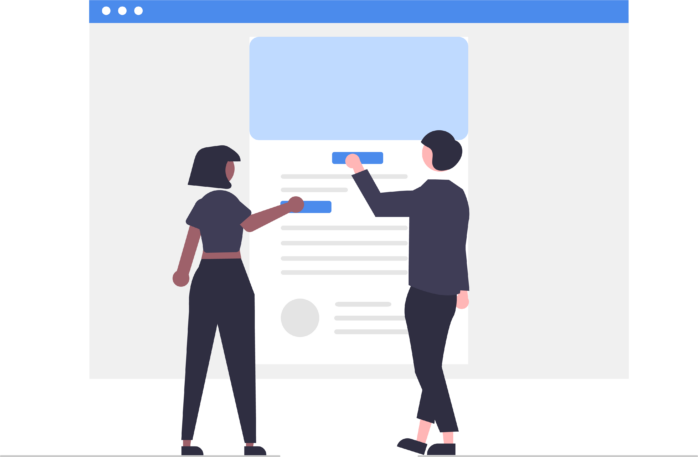For any business thriving in the digital domain, email marketing plays an instrumental role in reaching out to potential customers, promoting offers, and maintaining a cordial relationship with existing clientele.
It’s a powerful tool to strengthen your marketing strategies and build a community around your brand. The success of email marketing, however, primarily depends on open and click rates.
If you’re struggling to significantly improve these metrics, implementing the best practices in email could be indispensable. This article will discover several tested and trusted techniques to boost email open and click rates. Keep reading to learn more.
Working With Professionals

Working with a digital marketing agency can significantly benefit your email marketing efforts. Agencies specializing in digital marketing have the expertise and resources to help you leverage marketing to its full potential, driving better results for your business.
One of the key advantages of partnering with digital marketing services is its strategic approach. They will work closely with you to understand your business goals and target audience, enabling them to develop tailored email marketing strategies that resonate with your customers.
By segmenting your audience based on various demographics and behaviors, they can create personalized and relevant campaigns with a higher chance of capturing your recipients’ attention and driving conversion.
Understanding Your Audience
The success of any marketing strategy, including email marketing, largely hinges on a solid understanding of the audience it seeks to attract or retain.
By capturing insights about your audience’s preferences, habits, and demographics, you can craft personalized content capable of resonating with their unique needs. This approach significantly increases the likelihood of having your emails opened and clicked.
In addition, getting to know your audience also involves studying their online behavior.
- What time of the day are they most likely to check their emails?
- What type of content do they prefer?
- Which call-to-action (CTA) phrases generate the most clicks?
Gathering this data can be invaluable in enhancing your email marketing success. More so, understanding your audience is not limited to data collection.
It also involves actively seeking feedback to gain insights into their experiences and expectations. This can be achieved by conducting surveys or inviting your readers to share their thoughts.
Creating Captivating Subject Lines

Subject lines play a significant role in determining whether your email gets opened or ignored. Creating a captivating subject line is crucial for improving your open rates.
It works similarly to blog or article headlines; the more enticing they are, the higher the chances your audience will be curious to discover what lies beyond the surface.
A well-crafted subject line should be clear, concise, and intriguing. It should give the recipient a hint about the email content without giving too much away. Deceptive or ambiguous subject lines could lead to mistrust and increased unsubscribed.
A touch of urgency or scarcity in your subject lines can also boost open rates. Words such as “limited time, exclusive offer, and ends soon” can create a sense of urgency or scarcity, pushing the receiver to act quickly.
Optimizing Emails for Mobile Devices
More than 60 percent of emails are opened on mobile devices. Therefore, optimizing your emails for mobile viewing is a plus and a necessity.
A mobile-friendly email design ensures your audience can read your emails conveniently, no matter their choice of device. This invariably leads to an improvement in the open and click rates.
To optimize your emails for mobile devices, adopt a simple design that scales well on all screen sizes. Reduce the use of images that take longer to load, as they may result in a poor user experience. Moreover, place your key message and call-to-action button in the upper half of the email to catch your reader’s attention as soon as they open your mail.
Segmenting Your Email List
Segmentation is the practice of dividing your email list into discrete groups based on defined criteria. This may include geographic location, purchase history, gender, age, or activity level. Once your list is segmented, you can send tailored content to each group, which results in higher open and click rates.
Even the most compelling email content will not yield the desired results if sent to the wrong audience. For instance, an email about a shoe sale will have little impact on customers interested in household appliances. Segmentation helps to ensure that your emails are as relevant as possible, increasing the chances of engagement.
Furthermore, list segmentation ensures that you only email people with explicit consent to receive communications from you. This reduces unsubscription and spam complaint rates.
Personalizing Your Emails

Personalization is a powerful tool in email marketing. And it goes beyond just adding a recipient’s name to the email. It’s about making your emails as relevant as possible to each individual recipient.
Collecting data such as a customer’s purchase history, browsing habits, and preferences can tailor your email content to match their specific interests. This not only makes the email more engaging and likely to be opened, but it also leads to higher click-through rates.
Personalization can also be employed in your subject lines to lure recipients into opening the email. For example, a subject line like “John, we thought you might enjoy these new arrivals…” is more likely to be opened than a generic one.
Choosing the Best Timing
The timing of your emails can significantly impact your open and click rates. It’s imperative to send your emails when your audience is most likely on their devices and checking their mail. Sending emails when your audience is inundated with work or sleep can lead them into the trash can or spam folder.
While there’s no universally perfect time to send emails, many studies suggest that weekdays, especially Tuesday, Wednesday, and Thursday, gain better response rates. Moreover, sending emails in the late morning or early afternoon garners a higher open rate.
Testing different send times for your emails and closely monitoring the results can help you identify the optimal send times for your audience.
Monitoring and Adjusting Your Strategy

Like any other marketing strategy, your email marketing approach must be continuously monitored, analyzed, and adjusted where necessary. Metrics such as open rates, click-through rates, bounce rates, and conversion rates are key to determining the efficacy of your email marketing campaign.
By consistently keeping track of these metrics, you can identify what works for your audience and adjust your tactics for more positive results. Various tools like Google Analytics or the reports section of your email marketing platform can greatly help provide the necessary statistical data.
Lastly, remember that mastering an email marketing campaign is a continual process. It involves trial and error as well as constant learning. Therefore, invest time in staying updated with the latest trends and upgrades in email marketing.
Pursue continuous improvement by exploring various digital marketing services, experimenting with new ideas, seeking feedback, and making necessary adjustments.
Implementing these email marketing best practices can significantly improve your open and click rates, leading to higher engagement and, ultimately, greater conversion rates. By focusing on personalization, segmentation, and engaging subject lines, you can ensure that your emails capture your audience’s attention and drive them to take the desired action.
Regularly analyzing and optimizing your campaigns will help you stay ahead of the curve and make data-driven decisions to improve your email marketing strategy. Remember, email marketing is not just about sending messages; it’s about connecting with your audience and delivering value.



















